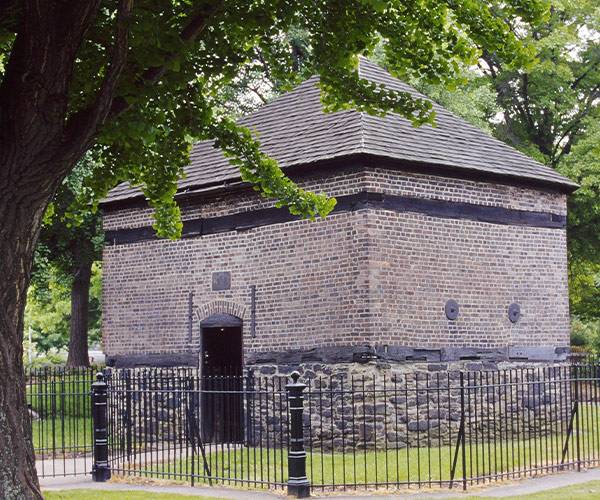Nestled at the confluence of the Allegheny, Monongahela, and Ohio Rivers, Pittsburgh, Pennsylvania, boasts a rich tapestry of history interwoven with its modern urban landscape. Renowned for its historic landmarks, from the industrial might of its steel era to its cultural and architectural gems, Pittsburgh invites locals and visitors alike to journey through time. This guide unveils the city’s most treasured historical landmarks, each narrating a unique story of growth, resilience, and cultural significance.
The Heart of Historical Pittsburgh
Pittsburgh’s history is as multifaceted as the city itself. Once the backbone of America’s steel industry, it has transformed into a hub of culture, education, and technology. This transformation is mirrored in its landmarks, preserving memories of the past while embracing the future. Understanding Pittsburgh’s history enriches our appreciation of these sites, making them more than mere tourist destinations; they become portals to our past.
Iconic Landmarks
Heinz History Center
The Senator John Heinz History Center, an affiliate of the Smithsonian Institution, stands as a proud testament to Western Pennsylvania’s rich history. This 275,000-square-foot facility not only captivates visitors with its extensive collections but also tells Pittsburgh’s story, from its early days as a frontier fort to its rise as an industrial giant. The center’s exhibits on the city’s sports legacy, glass industry, and the Heinz company itself are not to be missed.
Fort Pitt Blockhouse
The oldest structure in Pittsburgh, the Fort Pitt Blockhouse, dates back to 1764. It’s a rare relic of Pittsburgh’s role in the French and Indian War and the American Revolution. Today, it stands in Point State Park, reminding visitors of the city’s strategic importance in early American history.
Allegheny County Courthouse
Designed by H.H. Richardson, the Allegheny County Courthouse is a marvel of Romanesque Revival architecture. Its grand facade and intricate interiors reflect the city’s architectural ambition and the legal history of the region.
Bridging History with Modernity
Pittsburgh’s landmarks are not frozen in time; they evolve with the city. The juxtaposition of historic architecture against the backdrop of modern skyscrapers tells a story of a city that respects its past while boldly moving forward. This blend of old and new symbolizes Pittsburgh’s spirit – resilient, innovative, and forward-thinking.
Visiting Pittsburgh’s Historical Sites
For those wishing to explore these landmarks, there are numerous tours available, ranging from self-guided walks to professionally guided historical excursions. These tours provide a deeper understanding of the landmarks’ significance and their impact on Pittsburgh’s identity and tourism.
Pittsburgh’s historical landmarks are more than just structures; they are the keepers of stories, the markers of time, and the soul of the city. They remind us of where we’ve been and hint at where we’re going. In exploring them, we not only discover Pittsburgh’s past but also understand its present and future.






